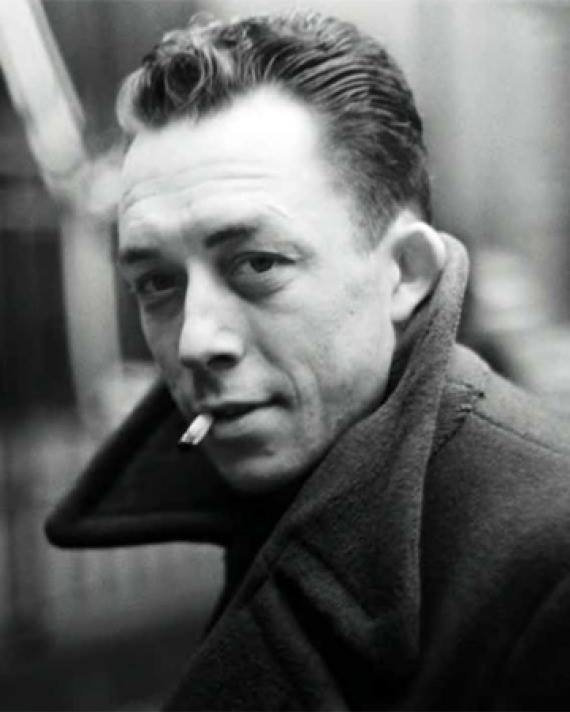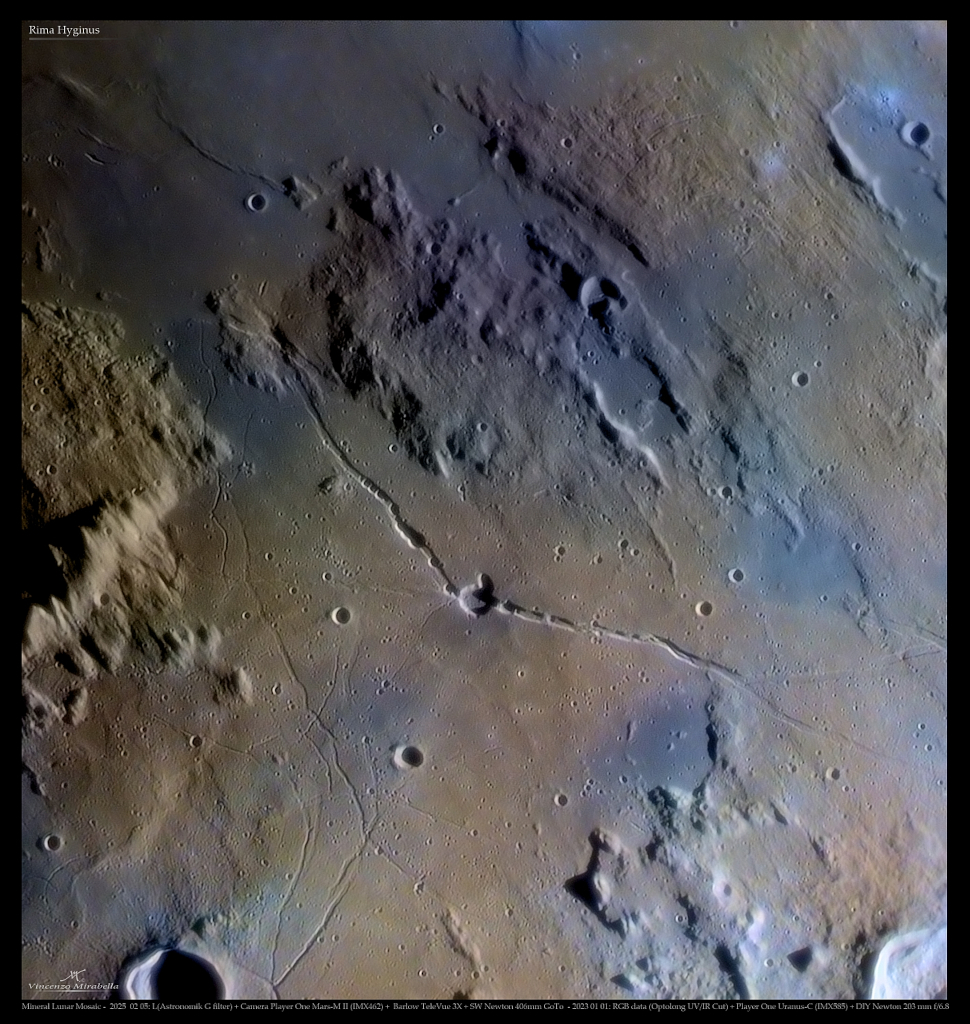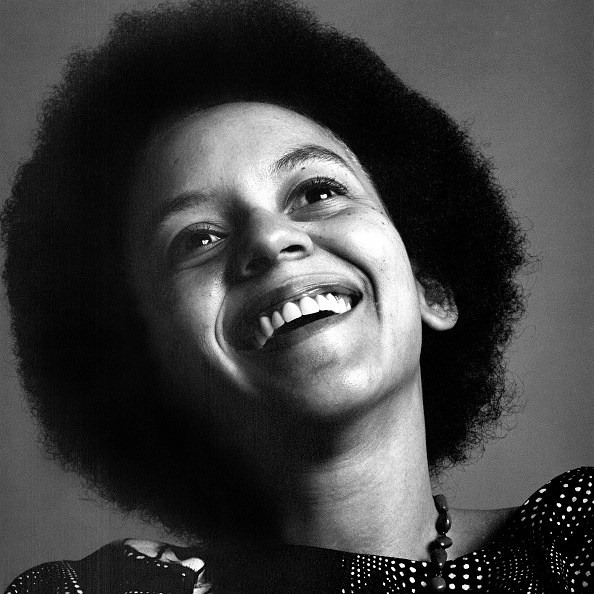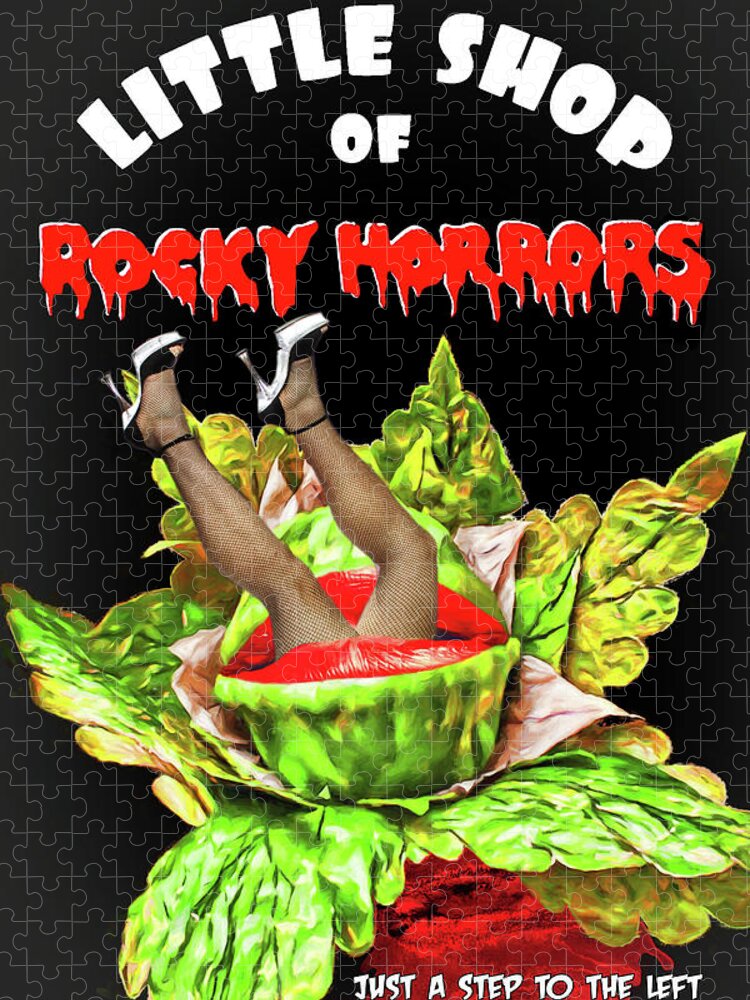Blog

Taheyya Kariokka (Arabic: تحية كاريوكا) also Tahiya Carioca (born Badaweya Taheyya Mohamed Ali Elnedany Kareem (Arabic: بدوية تحية محمد علي النيداني كريم)), (February 22, 1915 – September 20, 1999) was an Egyptian belly dancer and film actress.
more...
Rima Hyginus is a spectacular fissure, some 220 kilometers long, found near the center of the lunar near side. Easy to spot in telescopic views of the Moon, it stretches top left to bottom right across this lunar closeup. The image was made with exaggerated colors that reflect the mineral composition of the lunar soil. Hyginus crater lies near the center of the narrow lunar surface groove. About 10 kilometers in diameter, the low-walled crater is a volcanic caldera, one of the larger non-impact craters on the lunar surface. Dotted with small pits formed by surface collapse, Hyginus rima itself was likely created by stresses due to internal magma upwelling and collapse along a long surface fault. The intriguing region was a candidate landing site for the canceled Apollo 19 mission.

Joseph Benjamin Wilder (February 22, 1922 – May 9, 2014) was an American jazz trumpeter, bandleader, and composer.
Wilder was awarded the Temple University Jazz Master’s Hall of Fame Award in 2006. The National Endowment for the Arts honored him with its highest honor in jazz, the NEA Jazz MastersAward for 2008. Wilder was born into a musical family led by his father Curtis, a bassist and bandleader in Philadelphia. Wilder’s first performances took place on the radio program “Parisian Tailor’s Colored Kiddies of the Air”. He and the other young musicians were backed up by such illustrious bands as Duke Ellington‘s and Louis Armstrong‘s that were also then playing at the Lincoln Theater. Wilder studied at the Mastbaum School of Music in Philadelphia, but turned to jazz when he felt that there was little future for an African-American classical musician. At the age of 19, Wilder joined his first touring big band, Les Hite’s band.
more...
George Holmes “Buddy” Tate (February 22, 1913 – February 10, 2001) was an American jazz saxophonist and clarinetist.
Tate was born in Sherman, Texas, United States,and first played the alto saxophone. According to the website All About Jazz, “Tate was performing in public as early as 1925 in a band called McCloud’s Night Owls.” Tate’s 2001 New York Times obituary stated that “he began his career in the late 1920s, playing around the Southwest with bands led by Terrence Holder, Andy Kirk and Nat Towles.”
more...Joaquín Pedraja Reyes (known professionally as Joaquín Cortés; born February 22nd 1969) is a Spanish classically trained ballet and flamenco dancer.
Cortes was born to a Gitano family in Córdoba, Cortés showed interest in dancing from an early age. Cortés and his family moved to Madrid in 1981. Soon after moving to Madrid, he began to take formal dancing lessons and studying seriously.
more...Ernest Kador Jr. (February 22, 1933 – July 5, 2001 NOLA), known by the stage name Ernie K-Doe, was an American R&B singer best known for his 1961 hit single “Mother-in-Law“, which went to number 1 on the Billboard pop chart in the U.S.
more...Joseph James LaBarbera (born February 22, 1948) is an American jazz drummer and composer. He is best known for his recordings and live performances with the trio of pianist Bill Evans in the final years of Evans’s career. His older brothers are saxophonist Pat LaBarbera and trumpeter John LaBarbera.
more...
Corey Harris (born February 21, 1969, in Denver, Colorado, United States) is an American blues and reggae musician, currently residing in Charlottesville, Virginia. Along with Keb’ Mo’ and Alvin Youngblood Hart, he raised the flag of acoustic guitarblues in the mid-1990s. He was featured on the 2003 PBS television mini-series The Blues, in an episode directed by Martin Scorsese.
Harris was born and raised near Denver, Colorado. He graduated from Bates Collegein Lewiston, Maine with a bachelor’s degree in 1991, and was awarded an honorary doctorate in 2007. Harris received a Thomas J. Watson Fellowship for language studies in Cameroon in his early twenties, before taking a teaching post in Napoleonville, Louisiana under the Teach For America program. His debut solo album Between Midnight and Day (1995) was produced by Grammy nominee/composer/producer Larry Hoffman, who discovered him in 1994 in Helena, Arkansas. The record included covers of Sleepy John Estes, Fred McDowell, Charlie Patton, Muddy Waters, and Bukka White. His second recording with Hoffman, Fish Ain’t Bitin’, was the recipient of the 1997 W. C. Handy Award for Best Acoustic Blues Album of the Year. Recorded in New Orleans, it featured Harris’ original songs, vocal, and guitar backed on certain tracks by a trio of tuba and two trombones arranged by producer Hoffman. In 2002, Harris collaborated with Ali Farka Toure on his album Mississippi to Mali, fusing blues and Toure’s music from northern Mali. In 2003, he contributed to the Northern Blues release Johnny’s Blues: A Tribute To Johnny Cash.
more...
More Posts
- Nexhmije Pagarusha
- World Music with l’Orchestre Afrisa International
- Daily Roots with Andy & Joey
- The Cosmos with NGC 3199
- David Friesen
- Leon Hughes
- Hasaan Ibn Ali
- Cliff Carlisle
- World Music Memorial for Amha Eshèté 74
- Daily Roots with Susan Cadogan
- Club Calabash 48 featuring mick laBriola
- The Cosmos with Strong Thermal Emission Velocity Enhancements (STEVEs)
- Stanley Cowell
- Kidd Jordan
- Blind Willie McTell
- John Dee Holeman Memorial
- World Music with Katerina Papadopoulou
- Daily Roots with Pinnacle Sound feat Marcus I & Fi
- The Cosmos with Sh2-273
- Ron Carter





